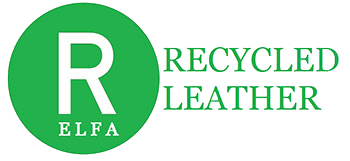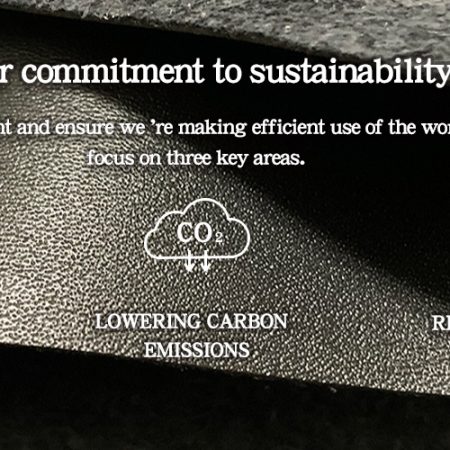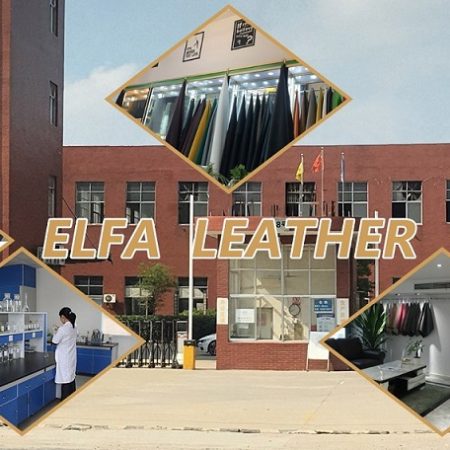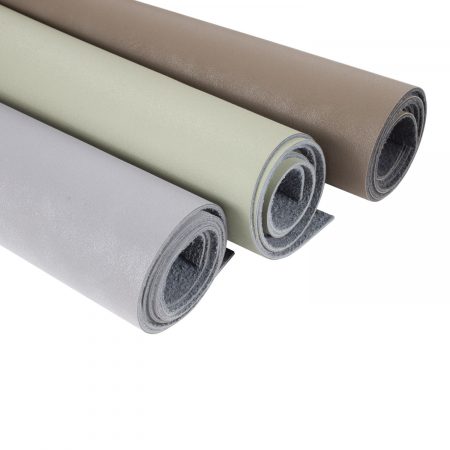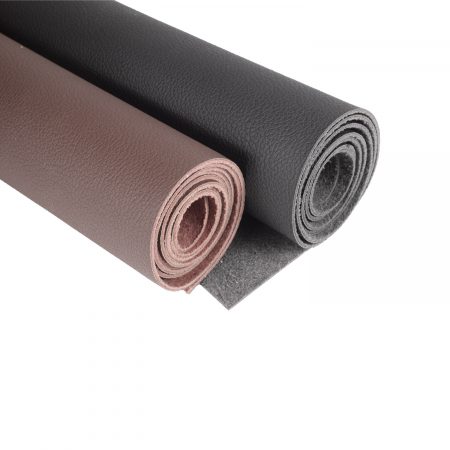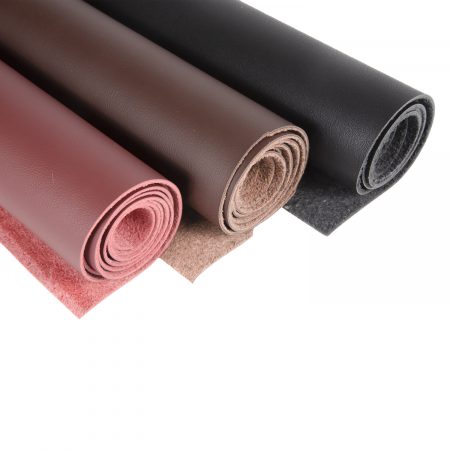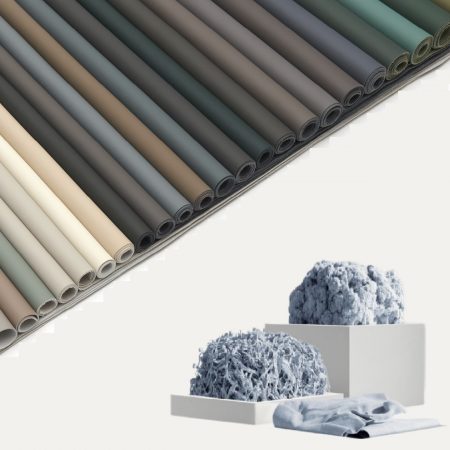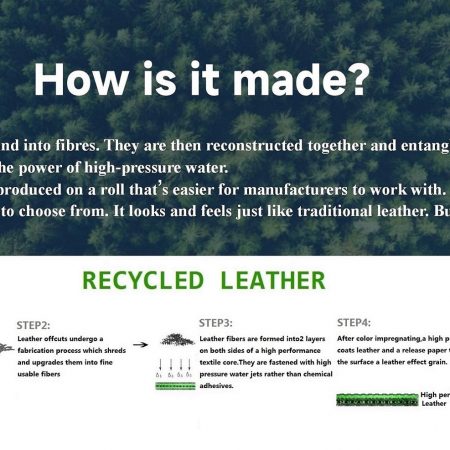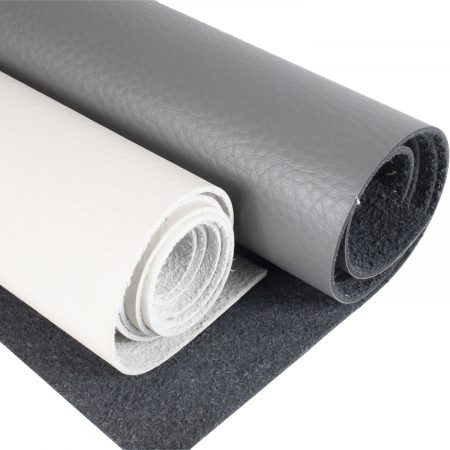How is recycled leather made ?
Recycled leather is made from discarded, worn-out, or leftover leather materials that are processed and transformed into new leather products. The process of making recycled leather typically involves several steps, including collection, sorting, pre-treatment, processing, and fabrication. Here’s a general overview of the process:
- Collection: Scraps, leftovers, and discarded leather materials are collected from various sources, such as leather manufacturers, upholstery workshops, or the waste management industry.
- Sorting: The collected leather materials are sorted by type, size, color, and quality to ensure a consistent and high-quality end product.
- Pre-treatment: The sorted leather scraps are pre-treated to remove any impurities, such as dirt, oil, or traces of previous finishes. This step also helps to increase the leather’s absorbency and bonding properties.
- Processing: The pre-treated leather scraps are processed using various techniques to transform them into a new leather material. Some common processing methods include:
a. Shaving: The leather scraps are shaved or sliced into thin layers, which are then combined to create a new leather product.
b. Fibers: The leather scraps are shredded or chopped into fibers, which are then bonded together using a polymer or natural binding agent to create a new leather material.
c. Textile: The leather scraps are processed into a textile-like material using a carding machine, which aligns the fibers in a parallel direction. This material can then be woven or knitted into a new leather product.
5. Fabrication: The final leather product is cut and sewn into the desired shape and form, ready for use in a wide range of applications, from fashion to upholstery.
The specific process and techniques used to make recycled leather can vary depending on the desired end product, the source of the leather, and the available technology. However, the overall goal of recycled leather production is to reuse and repurpose existing leather materials, reducing the need for new raw materials and the associated environmental impacts.
